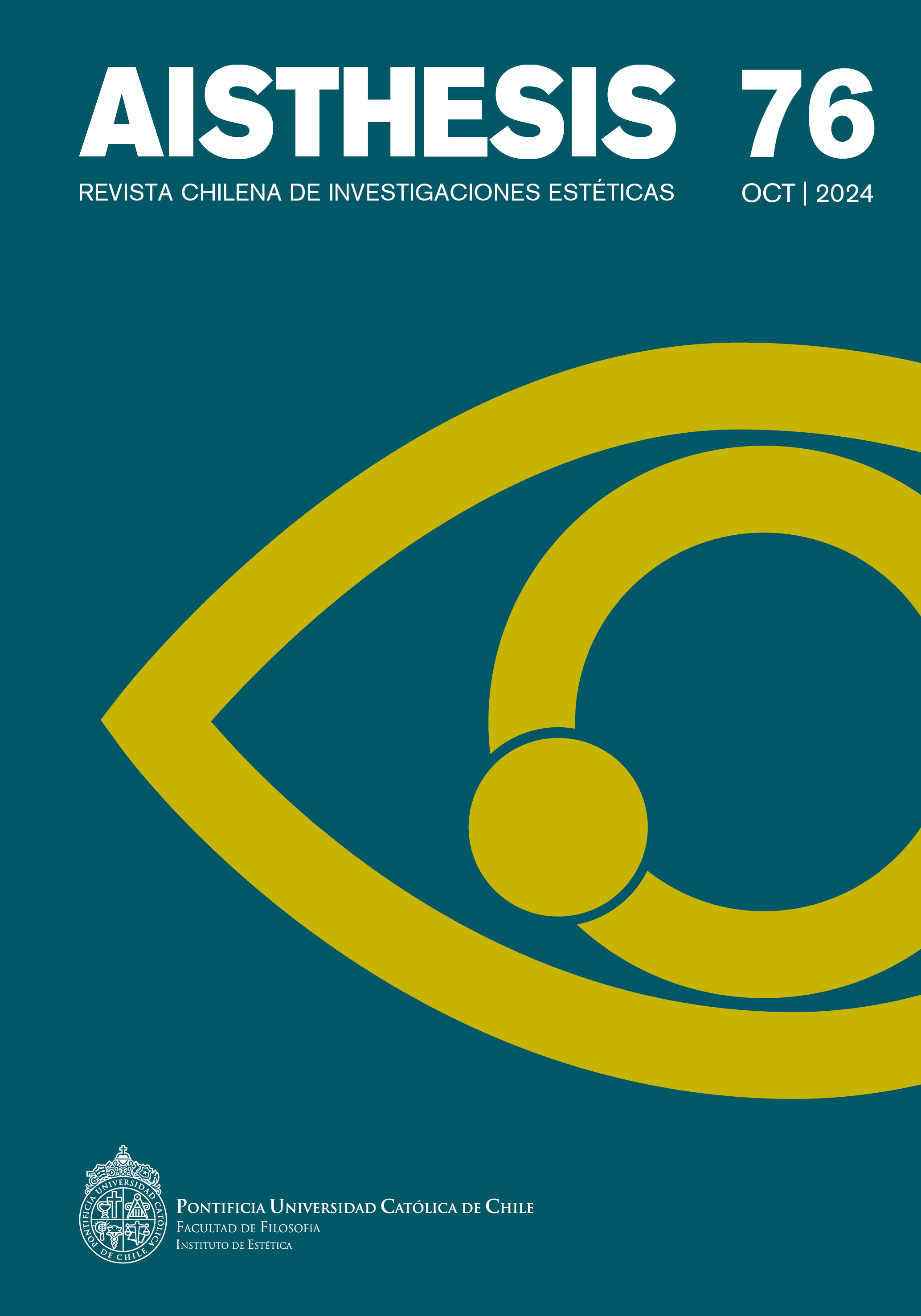How to Aesthetically Build a People: On a Certain Dark Modernism and its Relevance Today
Main Article Content
Abstract
We are used to talking about fascism and its contemporary variants as “enemies of culture”, as a political force animated by disregard for the arts. However, the extreme importance given by fascism to the field of culture is evident; its cultural battles are central constituent processes of its struggles. I believe that we will miss fundamental dimensions of the fascist phenomenon if we don't understand it as a battle for the formation of social sensitivity, for the cultivation of affections and for the production of the sensitive horizon of politics. The sensible order is the foundation of the social imagination, of its limits and forms, and the control of imagination and sensibility is the foundation of any and all power. Because it is aware of this, fascism is an aesthetic project, a reconstruction of sensibility that defines the limits of the visible and the perceptible within the social order. What I propose here is to understand the dynamics of the actualization of such a fascist cultural revolution, taking into account the current stage of the material processes of cultural reproduction in capitalist societies.
Downloads
Article Details

This work is licensed under a Creative Commons Attribution-NonCommercial-ShareAlike 4.0 International License.
All contents of this electronic edition are distributed under the Creative Commons license of "Attribución-shareAlike 4.0 Internacional" (CC-BY-SA). Any total or partial reproduction of the material must mention its origin.
The rights of academic works published in this publication belong to their authors., who grant to AISTHESIS: Revista Chilena de Investigaciones Estéticas the license for its use. The management of the permits and the authorization of the publication of the images (or of any material) that contains copyright and its consequent rights of reproduction in this publication is the sole responsibility of the authors of the articles
References
Referencias
Adorno, Theodor W. As estrelas descem a terra. Unesp, 2006.
––. Tempo livre. Paz e Terra, 1995.
Arendt, Hannah. Origens do totalitarismo. Companhia das Letras, 2020.
Benjamin, Walter. «A obra de arte da era da sua reprodutibilidade técnica». Obras escolhidas, vol. I. Brasiliense, 1985.
Chapoutout, Johann. La révolution culturelle nazi. Gallimard, 2017.
Safatle, Vladimir. «A construção estética do Brasil e seus colapsos». Constelaciones, nº 15, 2023, pp. 4-31.
––. O circuito dos afetos. Corpos políticos, desamparo e o fim do indivíduo. Autêntica, 2017.
Salgado, Plínio. Manifesto programa da Ação Integralista Brasileira.
